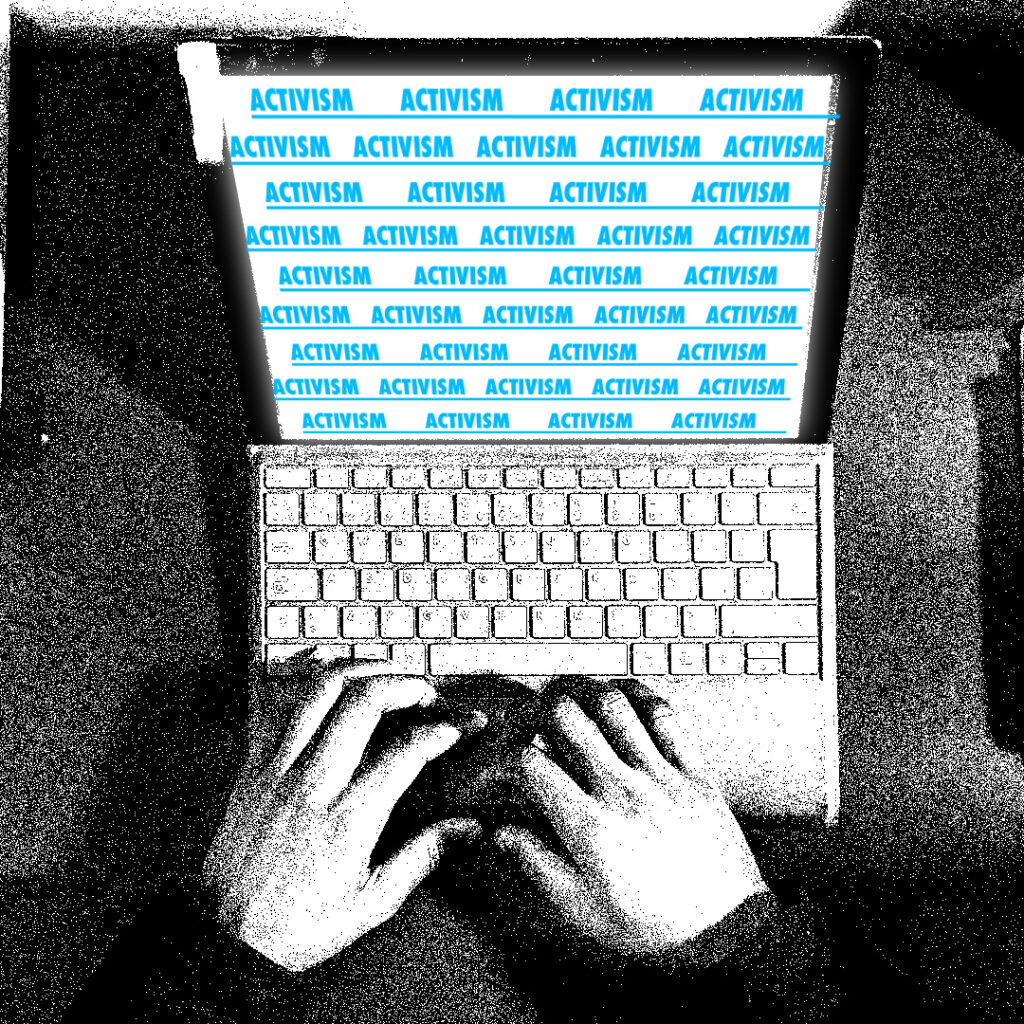
This story is syndicated from The Tower, the newspaper of Princeton Hills High School in Princeton, NJ. The original version of the story ran here.
Following an Israeli strike on Gaza in the summer of 2024, an AI-generated graphic depicting an aerial view of thousands of displaced Palestinians’ tents with the text “All Eyes on Rafah” went viral on Instagram. Celebrities including Dua Lipa, Lewis Hamilton, Priyanka Chopra, and Gigi and Bella Hadid reposted the image, amplifying its reach to their hundreds of millions of followers. In the end, the image received around 50 million reposts.
Many more soon followed— and not just about Palestine. Similar AI-generated graphics advocating for an end to violence in Congo and Sudan quickly went viral on Instagram, too.
With tools in our hands, the justification for creating and sharing AI-generated images rather than photos or articles is rooted in a valid concern: often, real images of war are removed from Instagram for violating the platform’s policies prohibiting graphic and sensitive content. AI images seem to be the ideal workaround. The “All Eyes on Rafah” image aimed to depict the scope and severity of the issue without posting real graphic content. It encouraged involvement and discourse with the issue given the simplicity of the image and the ease in sharing the message to a large audience of followers.
But while sharing such a post may seem like a low-effort, effective way to raise awareness, in reality, it discourages genuine engagement with pressing current issues. These images lack any information about the conflict or resources to take action. They are, by definition, fictional depictions, and do not promise any sort of accurate education about the issue at hand. People feel content engaging through the click of a few buttons, neglecting to take the next step of researching the issue through reading the work of credible journalists and finding ways to make a tangible impact.
In the phenomenon of “virtue signaling,” millions of users publicly express empty support for a cause to demonstrate moral correctness for social acceptance, failing to take crucial steps towards helping the real people impacted.
The fact that the image is AI-generated worsens this kind of shallow activism. AI-created images are often weaponized in disinformation and propaganda campaigns due to their ease of manipulation and generation. The “All Eyes on Rafah” image depicts orderly, neat rows of camps, clear skies and cotton candy clouds. In reality, Rafah’s air is thick and gray. The ground is littered with debris, remnants of buildings that once housed communities. As many Palestinian activists have pointed out, the graphic is a “sanitized” version of the true conditions in Rafah after the strike. Sharing a distorted image of the situation in Rafah contradicts the aims of many activists — instead of raising awareness about a calamitous current event, the post paints a misleading picture of the suffering faced by Palestinians on the ground.
As high school students with relatively little power in society, merely reposting an image may seem like an appropriate form of activism. However, instead of sharing oversimplified, machine-generated content, we should aim to consume and share intellectual commentary and reporting by journalists dedicating their time to publishing thorough, ethical and factual investigations of current events. As students, consuming high-quality media makes a difference in how we interact and engage with pressing current events.
Apart from reading and educating yourself, there are many accessible ways to make a tangible impact on the causes you care about, whether it be the Israeli-Palestinian conflict or other global conflicts, such as those in Syria, Sudan, Lebanon, Afghanistan, Yemen and the war in Ukraine, to name a few. You could volunteer your funds or time to grassroots organizations or attend events and demonstrations.
Instead of checking a performative box by reposting words someone else wrote, prioritize being informed and willing to act beyond a few clicks on your phone.
